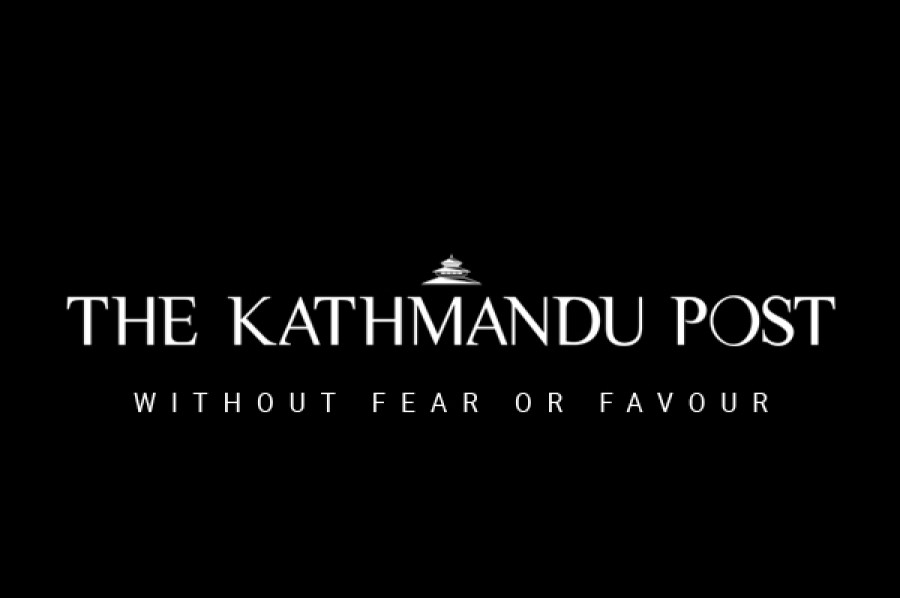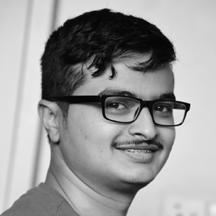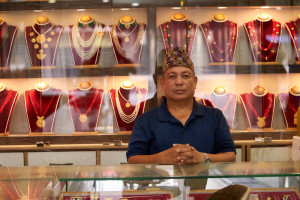Miscellaneous
From an atheist to a believer
Do you believe in God?” This must be one of the most frequently asked existential questions in the world. For some, they either believe in God or they don’t. For many others, the answer is not so clear.
Shreya Poudel
Do you believe in God?” This must be one of the most frequently asked existential questions in the world. For some, they either believe in God or they don’t. For many others, the answer is not so clear. Often, many find themselves oscillating somewhere between the two extremes.The same has been true for me. With many years of gradual unfolding, I have had a journey that has taken me from being a militant atheist to a passionate believer.
Persuaded by my father’s pursuit of reason, I did not believe in God for many years. It wasn’t until my formative teenage years that I began harbouring dissatisfaction with life. The die, so to speak, had been cast. At that point, I was even a little resentful towards my father for making a non-believer out of me. Back then, I could not even get myself to turn towards a temple, much less implore the God residing there to grant me peace.
One day in my late teens, while standing on the terrace of my family home in Kusunti and facing towards the Chobhar hills, a thought hit me like a lightning bolt. Before me, or my father, or anybody else I knew existed, Chobhar stood there, proud and upright, for thousands (if not millions) of years. Taking the causation factor back to the earliest point—there was ‘something’ that existed in the beginning of time.
Even if just in the realm of energy, if not matter, that ‘something’ must have existed. That thought alone was the start of a journey.
After having come to London at the age of 19, and then living alone, studying full-time and working part-time, life took a toll on me. During that time, the same questions continued to tie me up in knots. They would not let me go; instead they intensified with the hard life in a new city. Questions like, “What am I doing in London?”, “Why am I not in my comfortable bed in Kathmandu?” eventually brought me to question like “Why am I living?” and “What is life?”
Burdened by these queries that seemingly had no answers, it was only a matter of time before I sought out a meditation centre to find some ‘peace’.What I discovered there only fuelled more questions. There I was told I was peace myself. I was the peaceful light inside this body. Whatever untoward things I must have said or done, did not affectmy inherent goodness. I was pure light—loving and compassionate—as was everyone else.
Most eastern spiritual traditions focus on ideas like ‘awareness’, ‘consciousness’ and ‘now’. In a nutshell, they prod you to think about yourself. Not the face, the height, the body and other physical details but they implore you to look inwards. But what was ‘inwards’? It has taken me years to even begin unearthing the existence of a primordial energy that pulsates through all of us.
A spiritual journey, however, can be as baffling as it can be fulfilling. The Sufi tradition has preached to me that Shreya does not know who he is. Bulleh Shah, a Sufi preacher, wrote, hundreds of years ago, that he did not know his true self, which implied that we need to find our inner self. Hindu Advaita, the spiritual roots of the Indian subcontinent, preach much the same. Advaita describes the whole world as ‘oneness’. In essence, people, animals, plants, planets, stars, and everything in between, form a part of the oneness or the existence. So much so that the ‘aatmas’ inside us are actually the same, because the life energy (or Paramaatmaa) is the same.
Now as I look outward through that inward looking-glass, this wholesome existence brimming with beauty and vibrant life is God. God does not have to be somebody lying down on a gigantic snake or somebody with tiger skin around his body or somebody on a lotus flower. I respect people’s feelings towards these figures of worship and they have every right to continue doing this. However, my attempt to understand Shivaji and Aadi Shakti, has prodded me to look beyond their worldly representations. What are these idols and figurines but a reminder that the primordial energy, that Shiva and Shakti represent, is manifest and present in everything?
That being said, everybody has their own spiritual journey. Like in postmodern reality, there is no ‘right’ or ‘wrong’ in religious pursuit either. The journey is a very personal road that we embark on to make sense of this chaotic world, to find solace for our ever wandering minds.
The existential questions might still haunt us until we cease to exist. They continue to haunt me. But then, I go back to the basics and ask myself what it is ‘inside’ that is speaking as Shreya. And trust me, I can find life under the superficial layer of this body. Peace can be found inside.
Paudel is pursuing an MSc in Conflict Studies at the London School of Economics and Political Science




 13.12°C Kathmandu
13.12°C Kathmandu










